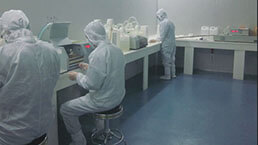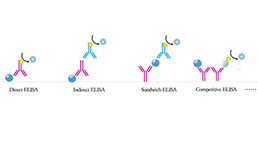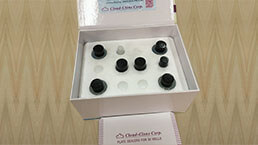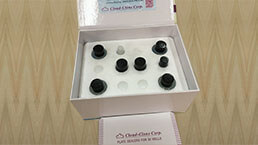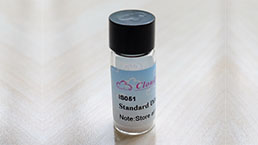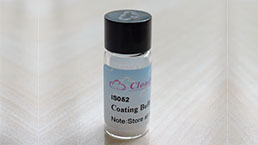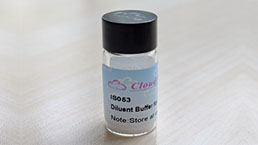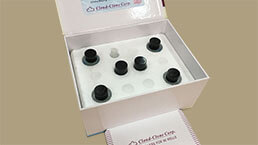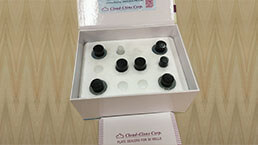ELISA Kit DIY Materials for Peroxisome Proliferator Activated Receptor Delta (PPARd)
FAAR; NR1C2; NUC1; NUCI; PPARB; PPARd/B; Nuclear Receptor Subfamily 1,Group C,Member 2; Nuclear hormone receptor 1; Peroxisome proliferator-activated receptor beta
- Product No.KSC041Mu01
- Organism SpeciesMus musculus (Mouse) Same name, Different species.
- Reagent Contents Capture Antibody, Detection Antibody, Standard, Streptavidin-HRP, TMB Substrate, 96-well Plate
- Detectable SampleTissue homogenates, cell lysates, cell culture supernates and other biological fluids.
- Applicable PrincipleDouble-antibody Sandwich ELISA for Antigen Detection
- Detectable Range0.156-10ng/mL
- Applicable Sensitivity0.056ng/mL
- ApplicationsMain materials for "Do It (ELISA Kit) Yourself".
- Downloadn/a
- UOM 96T*596T*10 96T*20 96T*50 96T*100
- FOB
US$ 1296
US$ 2160
US$ 3888
US$ 7560
US$ 12960
For more details, please contact local distributors!
SPECIFITY
The Abs in the kit have high sensitivity and excellent specificity for detection of Peroxisome Proliferator Activated Receptor Delta (PPARd). No significant cross-reactivity or interference between Peroxisome Proliferator Activated Receptor Delta (PPARd) and analogues was observed.
USAGE
1. Coat the plates with 100μL per well of working solution of Capture Antibody.incubate overnight at 4°C or incubate at 37°C for 2 hours.
2. Aspirate and wash 1 time.
3. Block the plates with 200 μL per well of working solution of Blocking Buffer. Incubate at 37°C for 1.5 hours.
4. Aspirate and wash 1 time. The plates are now ready for sample detection, the protocol is the same as regular ELISA.
STORAGE
Antibodies, Standard and Streptavidin-HRP should be stored at -20°C. TMB should be stored at 4°C. 96-well Plate could be stored at room temperature. The contents are valid for twelve months. They are stable for one month after opening when stored at 4°C.
Support Pack
GIVEAWAYS
INCREMENT SERVICES
| Magazine | Citations |
| J Cosmet Dermatol | In©\vitro effect of pine bark extract on melanin synthesis, tyrosinase activity, production of endothelin©\1 and PPAR in cultured melanocytes exposed to Ultraviolet?¡ 33960120 |






